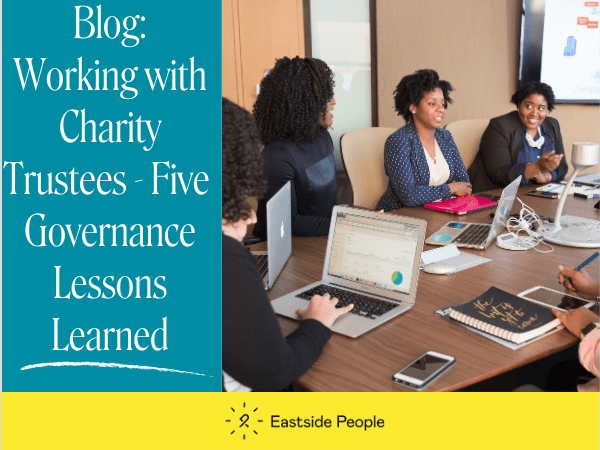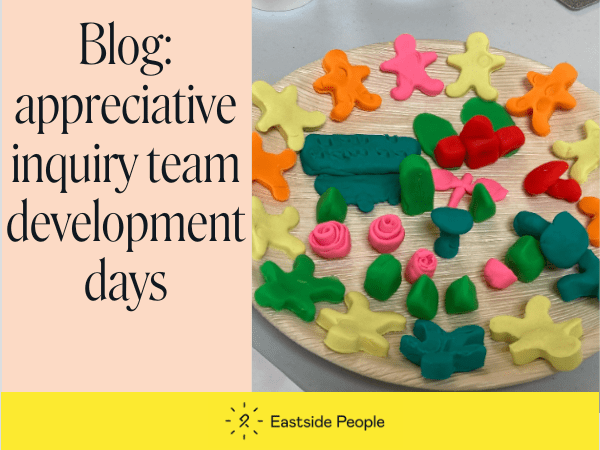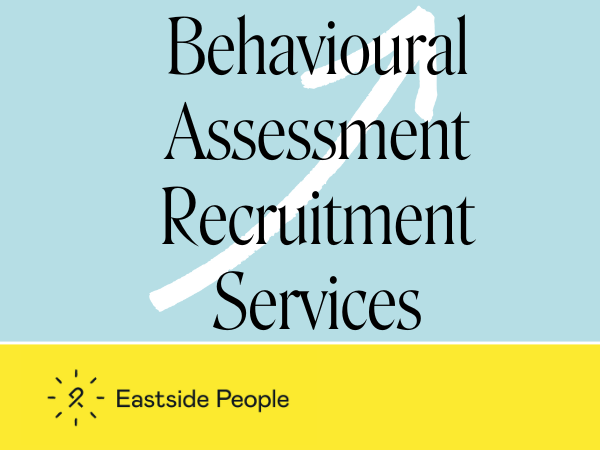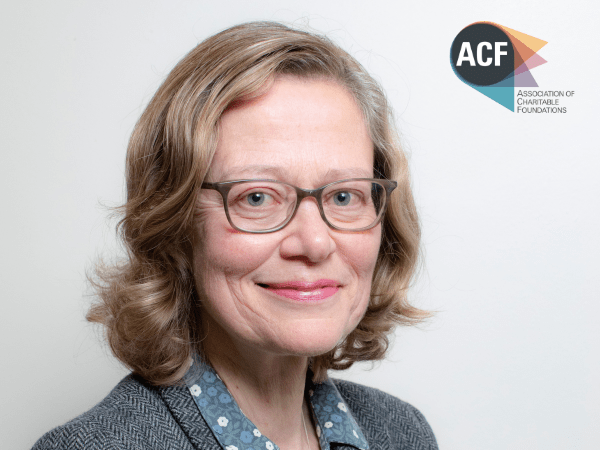Blog written by Eastside People consultant, experienced former Charity Chief Executive and Board Chair Stephen Elsden, a former Chair of Trustees for an international development NGO, and more recently Chief Executive of a Kent-based charity.
I’ve recently co-authored a toolkit, designed to support Chairs and Chief Executives at every stage. The toolkit is the result of extension co-production involving more than 50 current Chairs and CEOs in and around Kent.
An initial survey painted a somewhat bleak picture, with 70% of CEOs responding that their Chair had no fixed term of office, and 40% had never had an appraisal. A staggering 85% of Chairs told us that they left their Chief Executive to communicate with the other Trustees.
To address these issues, the toolkit offers advice at six discrete stages of the Chair/CEO relationship, summarised below.
Stage 1: Defining roles and responsibilities
No charity today would appoint a Chief Executive without a clear job description on which to base recruitment decisions and to set a forward work plan. Yet only half of the organisations we approached said they had a role description for their Chair.
The CEO’s own job description should set out their duties and responsibilities, but issues of ownership and delegated authority are common. Trustees are legally responsible for the running of their charity, everything from setting strategy, complying with legislation, and managing finances. Boards delegate many of these to the Chief Executive, but this is rarely documented and understood on both sides.
Less than half of the charities surveyed used a Matrix of Delegated Authority, and where these were in place, they normally covered financial spending limits only. Without a wider delegation framework to refer to, it can be very difficult to challenge situations where a Chair or other Trustees become too involved in operational decisions or matters, or where a Chief Executive strays beyond their authority.
Stage 2: Agreeing processes and procedures
Regular meetings between Chairs and Chief Executives are the best way to build a rapport and to earn each other’s trust and respect. Our research found that monthly meetings were the most popular frequency for CEOs and Chairs. This allows key actions to be agreed, with sufficient time for implementation before the next meeting.
It is good practice to schedule meetings to fall around 2-4 weeks before a Board meeting. This gives time to discuss and agree the agenda for the Board, and to compare views on arising issues, ensuring that by the time of the meeting, there are no surprises on either side.
The prevalence of video conferencing today can make a quick Skype or Zoom an easy meeting option. However, these are no replacement for a regularly scheduled, in-person meeting where Chairs and CEOs can best build rapport and trust.
Stage 3: Agreeing shared goals
Every charity is established to meet a particular need, and that drives its activities and the work of any volunteers and staff. Similarly, a charity’s overarching purpose should inform the focus and decisions of Chairs and CEOs. If a charity does not have a 2-3 year strategy, putting this in place will make leading the Trustees, and managing staff and volunteers, so much easier.
If strategic goals are developed using the SMART method (Specific, Measurable, Achievable, Relevant, and Time-Bound) then CEOs can report against their progress using the identified measures. Some of these measures may change on a monthly basis, others may be easier to monitor once a year, but all should provide a focus for discussions between the CEO and Chair, and the wider Board.
Stage 4: Building a healthy relationship
All healthy relationships have a balance of give and take, and this is no different in the partnership between Chair and CEO. The charity’s strategic goals provide a shared focus, but the route to achieve these will likely offer various paths. In their day-to-day role, the CEO is more likely to identify opportunities or challenges that may emerge, and a good Chair needs to allow some flexibility in approach while ensuring the CEO does not stray too far from the end goal.
The Chair is responsible for leading and supporting the Board of Trustees, yet often it is left to the Chief Executive to communicate with them both proactively and reactively. Trustees should not be given licence to constantly raise queries or issues with the CEO or other staff members. Instead, such queries should be directed via the Chair so the latter has sight of matters at an early stage. Similarly, issues for Trustees, for example if individuals are missing key meetings or acting unreasonably while in attendance, should be dealt with directly by the Chair.
Stage 5: Reviewing progress
A good Chair will periodically seek feedback from their Board on how they are fulfilling their role. It is quite common for Board meetings to be immediately preceded or followed by ‘Trustee only time’, when the CEO and other staff members will not be in attendance. This gives Trustees an opportunity to freely speak their mind and raise any sensitive or confidential issues.
More formal reviews are also to be encouraged. All paid staff in a charity should receive an annual performance review or appraisal, and the Chief Executive is no exception. The appraisal can assess progress against objectives, reflections on things that have gone well, and not so well, and provide a chance to discuss and agree any professional or personal development needs.
An annual appraisal of the Chair’s performance, either in isolation or as part of a wider Board appraisal, is also recommended. This helps to demonstrate considerable self-reflection and awareness of the strengths and weaknesses of Boards, highlighting areas which may need more attention in the coming year.
Stage 6: Planning for succession
The Charity Commission recommends a maximum term of nine years for Trustees (including Chairs) to serve on a Board, and while there is no similar guidance for CEOs, the average Chief Executive within 4-8 years of taking their post. It’s important to make sure that replacing either a Chair or CEO is carried out transparently, fairly and equitably.
It is fairly common for Boards to appoint a Vice Chair to support the work of the Chair, often with the intention that the Vice Chair will succeed when the Chair stands down. This runs the risk of Boards becoming stale and prone to ‘group think’. A happy medium may be to have the Vice Chair agree to be an interim Chair until a permanent openly recruited Chair is found.
It is important to communicate clearly and regularly across the organisation when either the Chair or CEO decides to stand down. Such actions can cause disquiet and uncertainty among Trustees and/or staff and answering questions promptly will avert any rumours or misinformation from circulating.
Find out more about Eastside People’s charity consultancy services and our values-based charity recruitment













